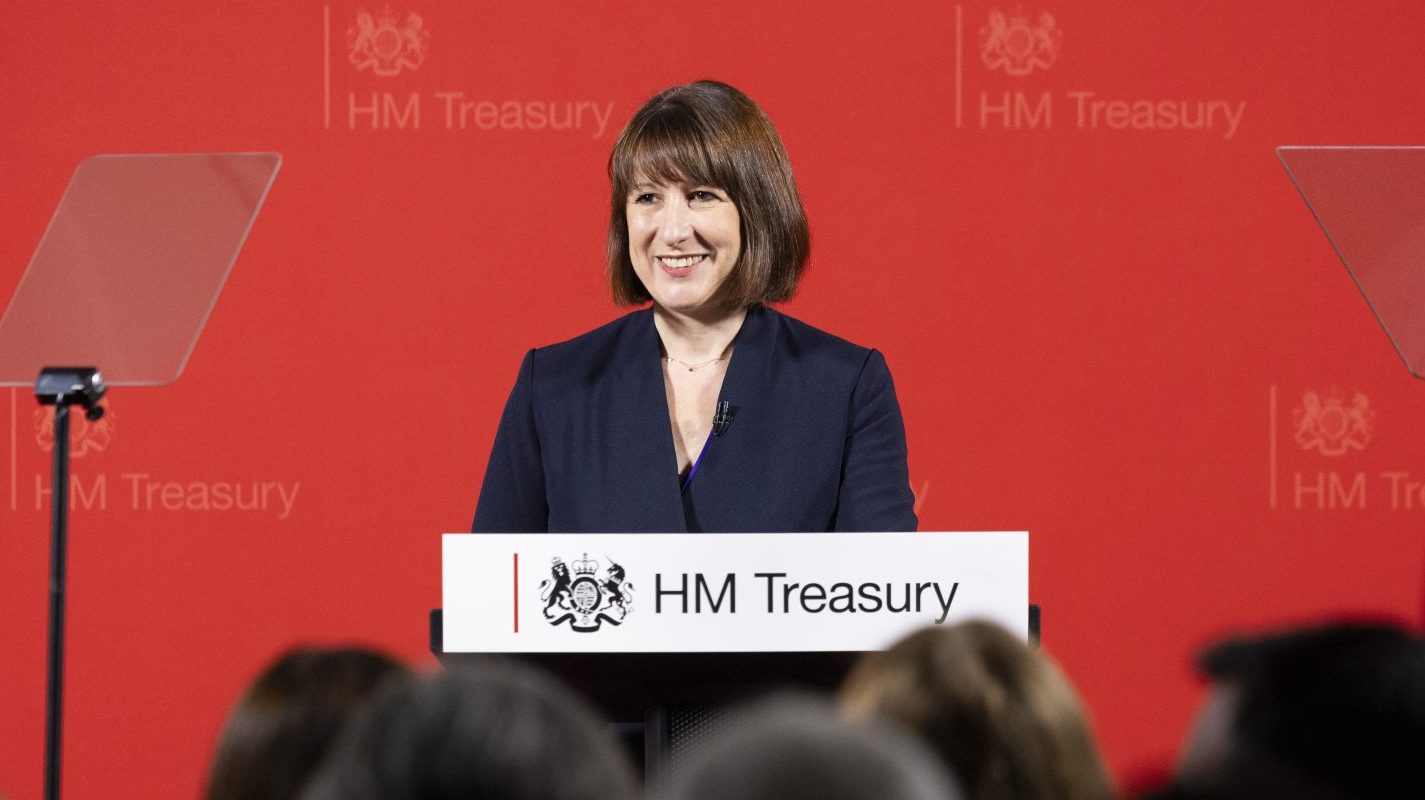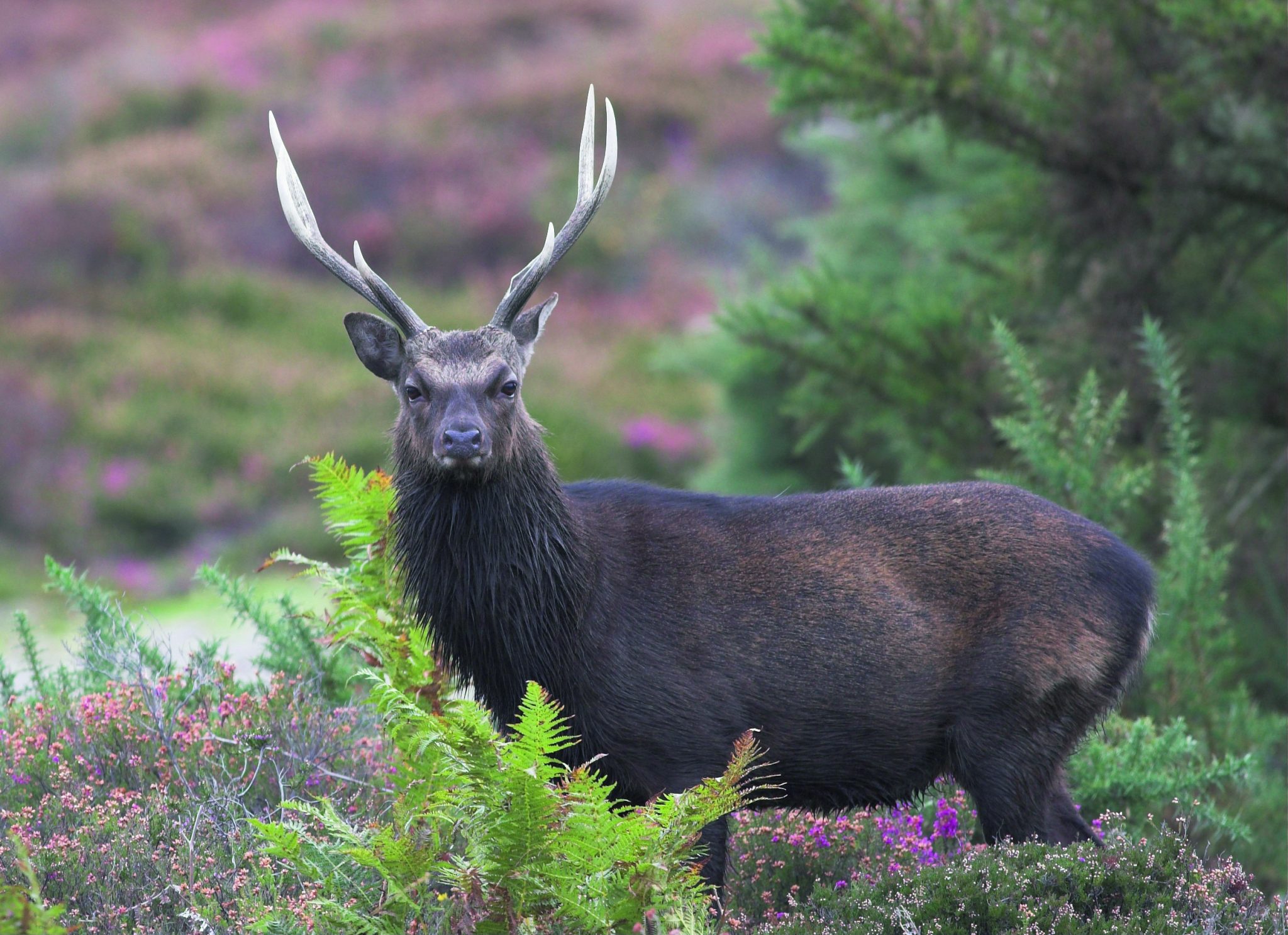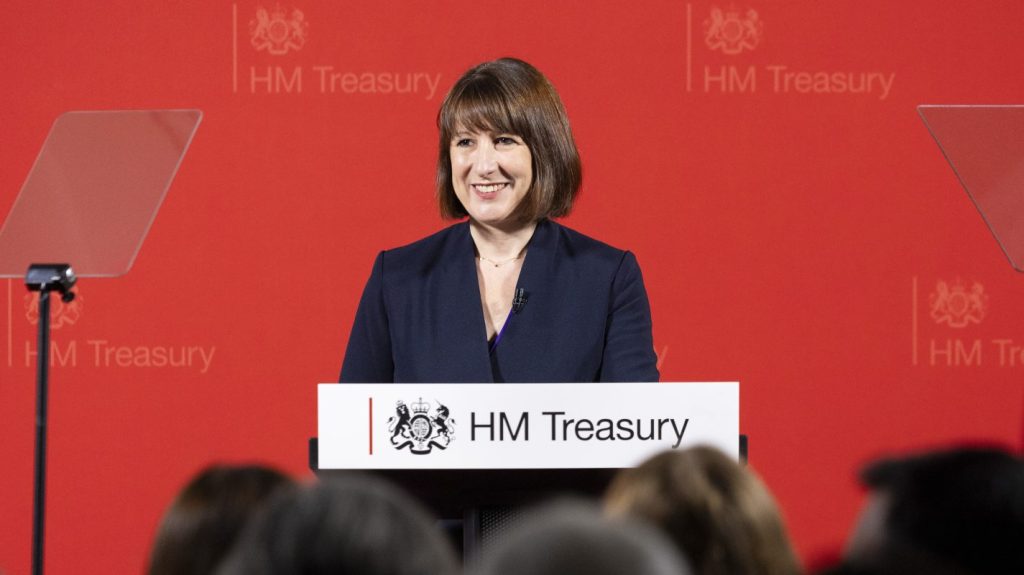News
Are we still bound by EU countryside rules?
Would you like to speak to our readers? We offer sponsored articles and advertising to put you in front of our audience. Find out more.
Defra’s notorious diktat about releasing pheasants within 500m of land that has an EU conservation designation raises a number of questions. For a start, why is any EU designation still extant in the UK after Brexit?
One answer to that is that our politicians chose to retain almost all EU-derived environmental legislation. An alternative answer is that Defra and other parts of the civil service are infested with officials who were always determined to keep as much EU red tape as they possibly could. They have woven it into a sort of comfort blanket. It provides them with safe jobs and lavish pensions.
Buzzard culling
The irony is that many European hunters and farmers, operating under exactly the same EU regulations, have been allowed to do things that would never even be contemplated over here. An example that I have highlighted before is the legal culling of buzzards in the state of Lower Austria.
At the same time that individual buzzard licences were being bitterly contested in court over here, the Austrians were merely being required to fill in a bag return and given an annual cull total. Yet, to repeat, both scenarios played out under exactly the same EU regulations.
Now, I am not for a moment suggesting we lobby for mass buzzard-culling. I am merely using this disparity to show how our own civil servants seem to gold-plate EU legislation when it is applied in the UK. They have been doing this for years. Just ask any wildfowling club secretary about the way Natural England, an agency of Defra, behaves in the matter of English wildfowling consents.
The latest gamebird releasing strictures ordered by Defra, without consultation or even forewarning, are simply the latest manifestation of a long-running trend. Defra claims to be worried about avian influenza (AI). Yet AI is being spread by wild birds. If diseased wild birds are likely to infect released gamebirds, then shouldn’t the sick wild birds be culled, just as TB-ridden badgers are culled to protect cattle? Again, I am not being serious, merely pointing out the way game interests are treated very differently to farming interests.
The controversial 500m exclusion zone is based on the fact that this is about the furthest that the bulk of released pheasants will travel. But I have to say that this business of effectively extending boundaries at will seems to be just another example of mission creep. It happened with our home-gown Sites of Special Scientific Interest (SSSIs). Some official, somewhere, stipulated that certain activities could not take place within 300m of an SSSI boundary without notification. In effect, they practically extended all SSSIs by 300m, without even consulting the people who would be affected.
My own house and garden sit in an official non-SSSI enclave, declared as such when the surrounding SSSI was designated. But the enclave is much less than 300m across; can you spot the problem?
Related articles
News
PETA attacks royal couple for breeding cocker pups
The Prince and Princess of Wales have faced criticism from animal rights group PETA after they had a litter of puppies
By Time Well Spent
News
Farmers launch legal review against Reeves’s farm tax
Chancellor Rachel Reeves faces a judicial review over inheritance tax reforms that could force family farms out of business
By Time Well Spent
Manage Consent
To provide the best experiences, we use technologies like cookies to store and/or access device information. Consenting to these technologies will allow us to process data such as browsing behavior or unique IDs on this site. Not consenting or withdrawing consent, may adversely affect certain features and functions.
Functional Always active
The technical storage or access is strictly necessary for the legitimate purpose of enabling the use of a specific service explicitly requested by the subscriber or user, or for the sole purpose of carrying out the transmission of a communication over an electronic communications network.
Preferences
The technical storage or access is necessary for the legitimate purpose of storing preferences that are not requested by the subscriber or user.
Statistics
The technical storage or access that is used exclusively for statistical purposes.
The technical storage or access that is used exclusively for anonymous statistical purposes. Without a subpoena, voluntary compliance on the part of your Internet Service Provider, or additional records from a third party, information stored or retrieved for this purpose alone cannot usually be used to identify you.
Marketing
The technical storage or access is required to create user profiles to send advertising, or to track the user on a website or across several websites for similar marketing purposes.





